This session will highlight planetary science and space mission concepts based on small satellites in the class of NanoSat, MiniSat and planetary SmallSats. Recent advances in small platforms make it possible for small satellites, including CubeSats, to be considered as independent or complementary elements in planetary exploration missions, for example the small probes as part of the Hayabusa 2 mission and Hera mission. Presentations on Deep Space Planetary CubeSats, e.g. the small satellites accompanying the new F-class ESA mission Comet Interceptor and those selected or proposed for the NASA SIMPLEX program are welcomed. Concepts for future mission may either be an augmentation to larger missions or as stand-alone missions of their own. We encourage presentations on new Planetary science mission architectures and associated technologies, as well as dedicated instrumentation that can be developed for these applications.

